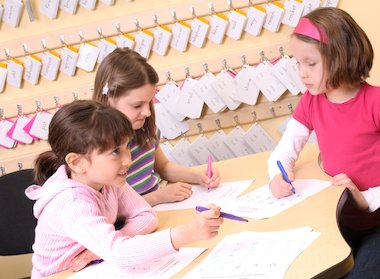Helping children to guide their own learning
- 5 Stars
Add to My Folder
Discover ways to involve children in guiding their own learning

Involvement is the key to helping children to guide their own learning. Including children in the decisions that shape their learning promotes a greater sense of ownership and responsibility and creates higher levels of engagement and self-motivation. A powerful tool towards that goal is allowing children the opportunity to create their own success criteria, to allow them greater scope for self- and peer-assessment.
In her recent article, ‘Putting children in control’, Christine Jenkins quite rightly warned of the trap that teachers sometimes fall into, of thinking that copying down a learning objective or list of success criteria gives children a greater understanding of the task they’re working on. This is often not the case. For children to better grasp what is being asked of them, they need to create those criteria themselves.
Published 1 April 2011
Reviews
Rated 5/5 from 1 rating
You need to be signed in to place a review.